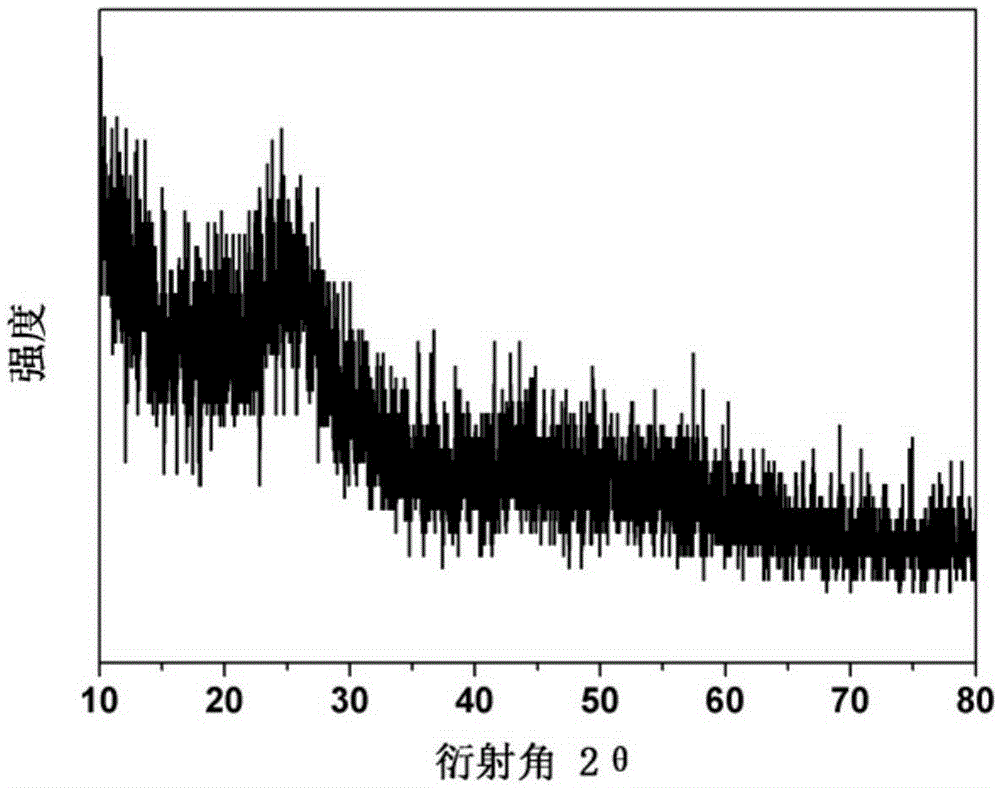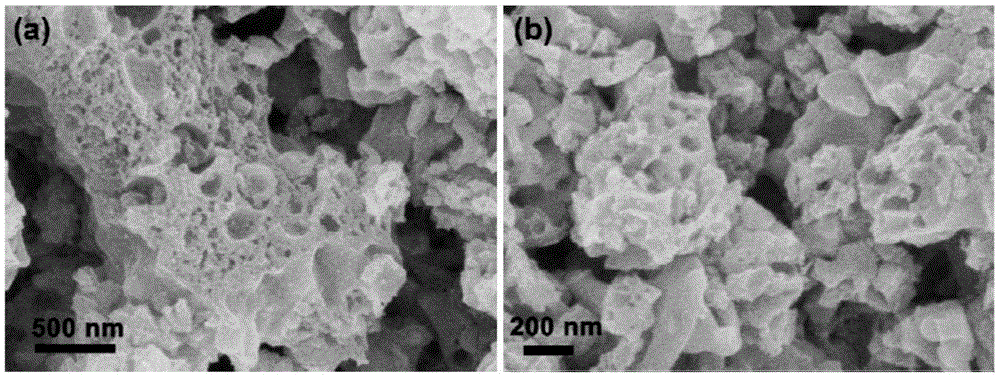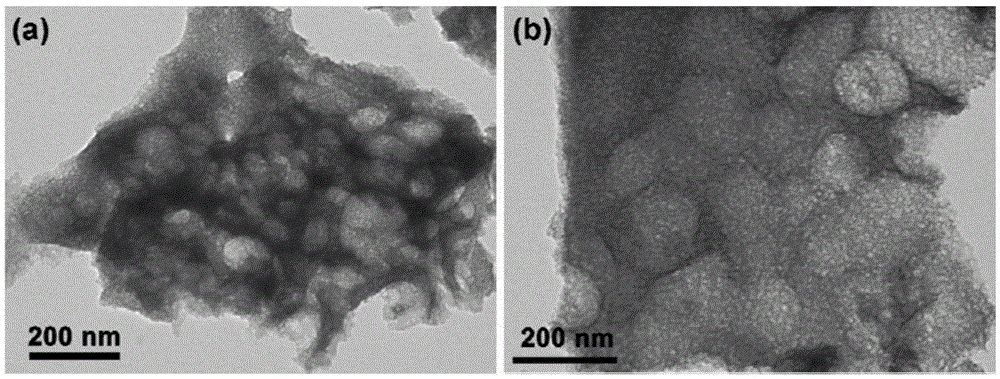Sulfur-series anode material, preparation method thereof and battery
A cathode material, sulfur system technology, applied in the field of materials
- Summary
- Abstract
- Description
- Claims
- Application Information
AI Technical Summary
Problems solved by technology
Method used
Image
Examples
preparation example Construction
[0045] The present invention also provides a method for preparing the above-mentioned chalcogenide cathode material, comprising:
[0046] Mix sulfur powder with M and carbon substrate, and carry out co-melting reaction under sealed conditions to obtain sulfur-based positive electrode materials;
[0047] The M is any one or more of selenium powder, antimony powder, iodine, red phosphorus, bismuth, tin;
[0048] The added amount of the carbon substrate is 0% to 80% of the total mass of raw materials, more preferably 0% to 70% of the total mass of raw materials. In some specific embodiments of the present invention, the added amount of the carbon substrate is 40% to 70% of the total mass of raw materials.
[0049] Wherein, the molar ratio of the sulfur powder to M is preferably (70:30)-(99.6:0.4), more preferably (9-99):1.
[0050] In the present invention, the carbon substrate is preferably any one or more of graphene, porous carbon material, carbon nanotube and CMK-3.
[005...
Embodiment 1
[0059] Embodiment 1 takes porous carbon material as substrate, prepares S 1-x Se x / C(x=0.1) material.
[0060] Take 5 grams of sulfur powder, 1.2 grams of selenium powder and 4 grams of porous carbon, mix them by wet ball milling for 24 hours, seal them in a 10mL reaction kettle, place them under a resistance crucible furnace, react at 220°C for 10 hours, and then cool naturally to Room temperature; S can be obtained after boiling the kettle 1-x Se x / C(x=0.1) material.
[0061] The S prepared by X-ray powder diffractometer 1-x Se x / C (x=0.1) material is subjected to X-ray diffraction analysis, figure 1 The S prepared for Example 1 of the present invention 1-x Se x / C (x=0.1) X-ray diffraction spectra of materials at different temperatures. Depend on figure 1 It can be seen that in the X-ray diffraction spectrum, there are only clearly visible amorphous diffraction peaks in the range of 2θ in the range of 10° to 80°, which proves that the material has an amorphous ...
Embodiment 2
[0065] Take 5 grams of sulfur powder and 1.2 grams of selenium powder, mix them by wet ball milling for 24 hours, seal them in a 10mL reaction kettle, place them under a resistance crucible furnace, react at 200°C for 10 hours, and then cool naturally to room temperature; to get S 1-x Se x (x=0.1) Material.
[0066] The S prepared by X-ray powder diffractometer 1-x Se x (x=0.1) The material is subjected to X-ray diffraction analysis, and the results are shown in Figure 4 , Figure 4 The S prepared for Example 2 of the present invention 1-x Se x (x=0.1) X-ray diffraction spectra of materials at different temperatures. Depend on Figure 4 It can be seen that after the temperature is greater than 110 °C, the XRD of the product corresponds to a structure similar to monoclinic sulfur.
[0067] Adopt scanning electron microscope and transmission electron microscope to detect material structure, the result shows, the S prepared by the present invention 1-x Se x (x=0.1) Th...
PUM
| Property | Measurement | Unit |
|---|---|---|
| size | aaaaa | aaaaa |
| size | aaaaa | aaaaa |
| size | aaaaa | aaaaa |
Abstract
Description
Claims
Application Information
 Login to View More
Login to View More - R&D
- Intellectual Property
- Life Sciences
- Materials
- Tech Scout
- Unparalleled Data Quality
- Higher Quality Content
- 60% Fewer Hallucinations
Browse by: Latest US Patents, China's latest patents, Technical Efficacy Thesaurus, Application Domain, Technology Topic, Popular Technical Reports.
© 2025 PatSnap. All rights reserved.Legal|Privacy policy|Modern Slavery Act Transparency Statement|Sitemap|About US| Contact US: help@patsnap.com



